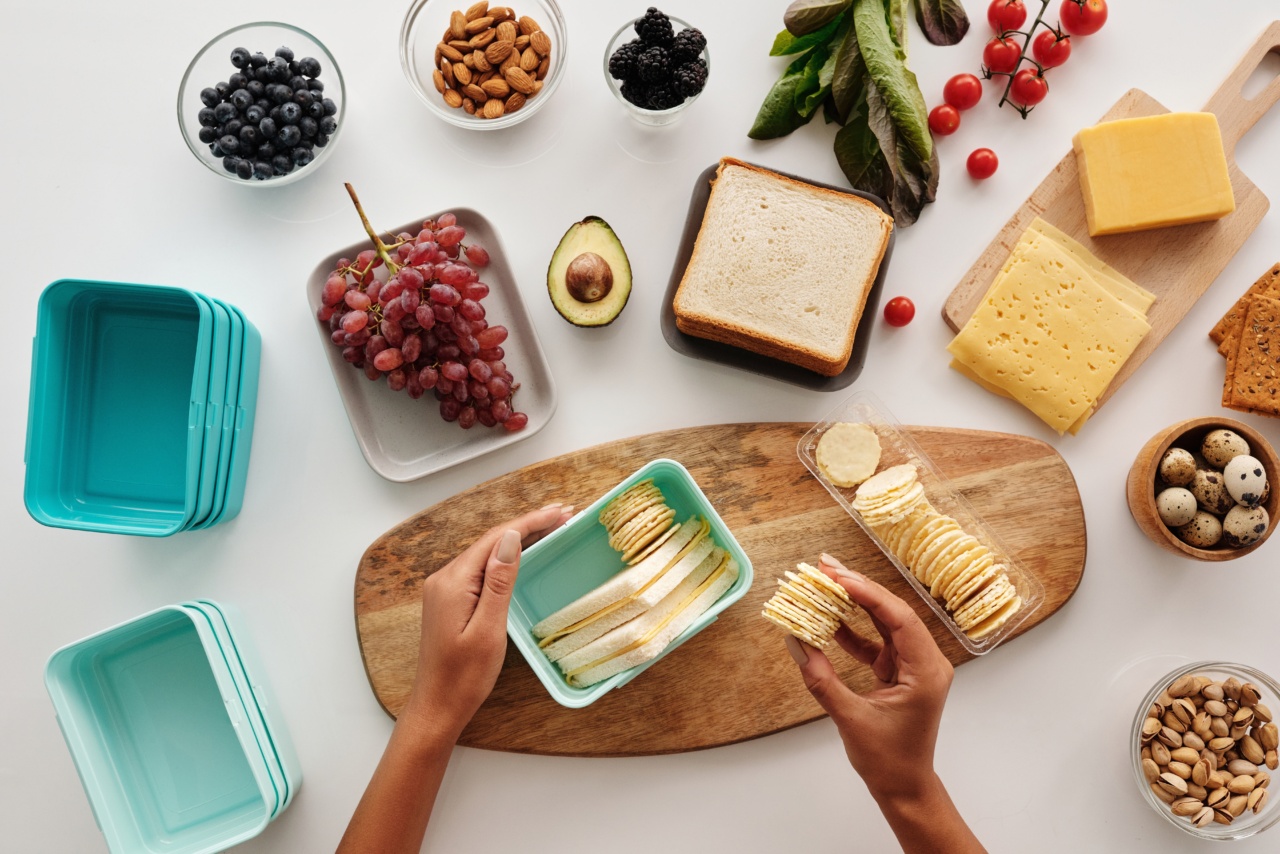Iron is a crucial mineral that our body needs to function correctly. It plays a vital role in carrying oxygen throughout the body, supporting the immune system, and maintaining healthy skin, hair, and nails.
The human body needs iron to produce red blood cells, which carry oxygen from the lungs to the rest of the body. A deficiency in iron can lead to anemia, fatigue, weakness, and a weakened immune system. Therefore, it is crucial that we consume sufficient amounts of iron-rich foods in our diet.
In this article, we will explore the different types of iron-rich foods and how to integrate them into your diet.
Heme and Non-Heme Iron
There are two types of iron in food: heme iron and non-heme iron. Heme iron is found in animal products and is more easily absorbed by the body compared to non-heme iron found in plant sources.
Non-heme iron requires vitamin C to help increase its absorption by the body. Therefore, it is essential to consume vitamin C-rich foods along with non-heme iron sources.
Iron-Rich Foods
Iron-rich foods can be categorized into animal products and plant-based sources. If you are a meat-eater, you can get your daily dose of iron from red meat, poultry, and seafood such as clams, oysters, and sardines.
Here are some examples of animal products that are rich in iron:.
- Beef
- Chicken
- Turkey
- Pork
- Oysters
- Clams
- Sardines
- Salmon
If you are a vegetarian or a vegan, you should focus on incorporating plant-based iron sources into your diet. Here are some examples of non-animal sources of iron:.
- Leafy Greens – Spinach, Kale, Swiss Chard
- Lentils
- Beans – Chickpeas, Black Beans, Kidney Beans
- Tofu
- Nuts – Almonds, Cashews, Pistachios
- Seeds – Pumpkin Seeds, Sesame Seeds
- Dried Fruits – Apricots, Prunes, Raisins
- Whole Grains – Brown Rice, Quinoa, Oats
It is essential to note that not all plant-based iron sources are created equal. Some have higher levels of iron than others. For example, lentils and spinach are particularly high in iron compared to other non-animal sources of iron.
Combining Iron-Rich Foods
Combining iron-rich foods with vitamin C-rich foods can boost the absorption of iron in the body. Here are some examples of vitamin C-rich foods:.
- Citrus Fruits – Oranges, Lemons, Limes
- Strawberries
- Pineapple
- Tomatoes
- Bell Peppers
- Broccoli
For example, you can combine black beans with bell peppers and tomatoes in a salad or a lentil soup with lemon juice. This simple combination of iron and vitamin C-rich foods can help to increase the absorption of non-heme iron in the body.
Cooking Methods
Iron-rich foods can lose their nutritional value, including the iron content, based on the method of cooking. Overcooking, boiling, and frying can all impact the nutritional value of food.
Therefore, it is recommended to use gentle cooking methods such as steaming, sautéing, and roasting, to retain the maximum nutritional value of food.
Supplements
If you are unable to consume enough iron through your diet, you may want to consider taking iron supplements.
However, it is essential to consult with your healthcare provider before taking any supplements, as excessive iron can be harmful to your body.
In Conclusion
Iron is an essential mineral that is necessary for optimal health. Incorporating iron-rich foods into your diet is crucial for maintaining a healthy body.
Whether you are a meat-eater or a vegetarian, there are plenty of iron-rich foods available to choose from. Combining iron-rich foods with vitamin C-rich foods can further enhance the absorption of iron in the body. So next time, make sure to add some spinach to your salad or pair your lentil soup with some citrus fruits.





























